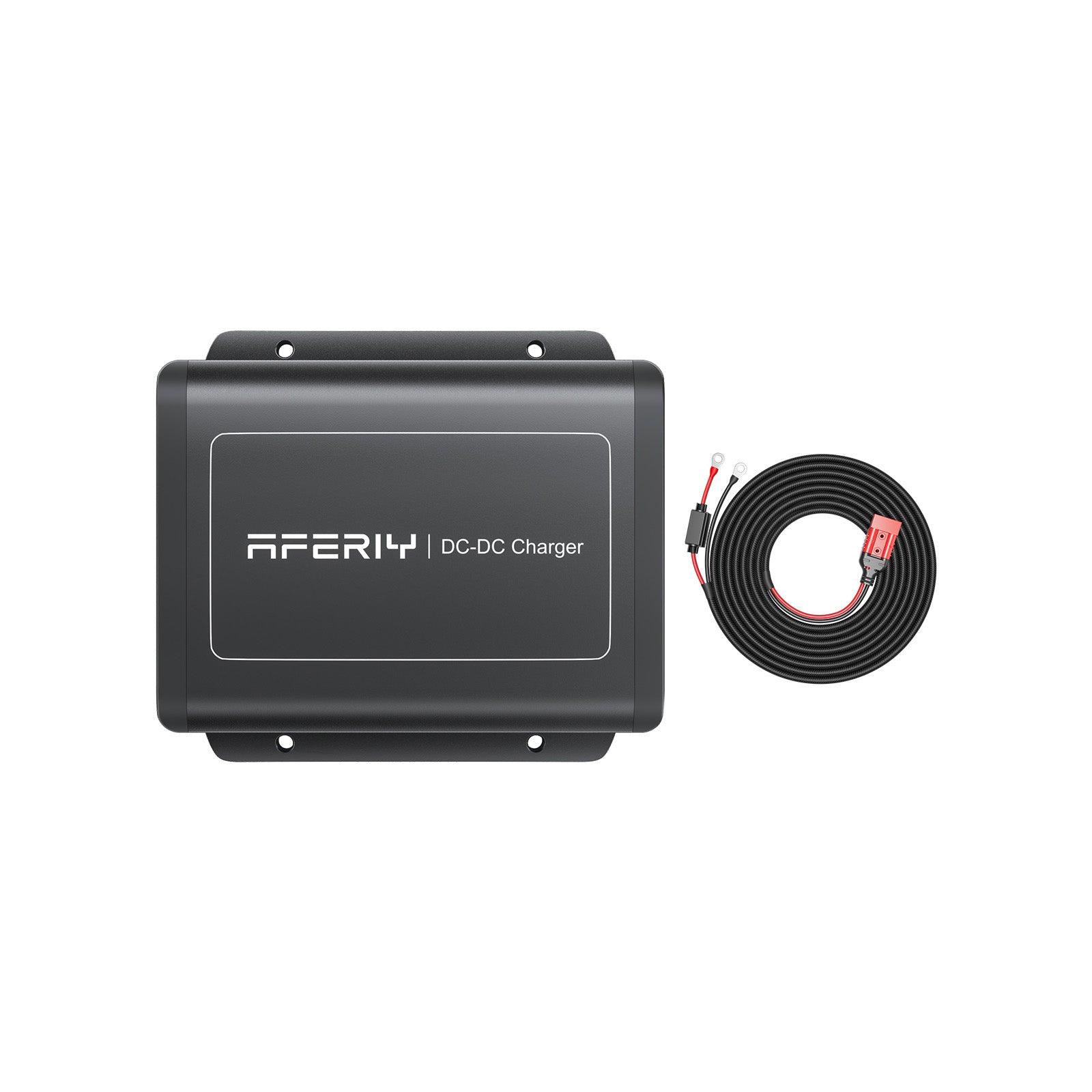What is the voltage of a mains socket in the UK?
Power sockets are such an everyday part of life that most people don’t give them a second thought. But behind those three rectangular holes in the wall lies a complex system that keeps our homes running safely and efficiently.
In this article, we’ll explain everything you need to know about voltage in the UK, units of electrical measurement, plug types, regulations, the differences between 13A and higher-rated outlets, and safe usage practices.
1. How many volts are in a UK socket?
In the UK, the standard voltage of a domestic power socket is 230 volts. This value can vary slightly — typically between 220 V and 240 V — depending on your location and the network’s load.
This standard replaced the old 240 V designation, aligning the UK with the European harmonised voltage of 230 V, adopted for greater compatibility and safety.
UK sockets are therefore calibrated to safely power most household appliances, provided they are within the correct power rating.
2. Why is UK mains voltage set at 230V?
The standard UK mains supply operates at 230 volts and 50 Hz (frequency). This voltage strikes a balance between energy efficiency and user safety.
Higher voltages allow electricity to travel long distances with fewer losses.
230V is also consistent with EU standards, simplifying manufacturing and cross-border equipment compatibility.
The UK uses alternating current (AC), which reverses direction 50 times per second (50 Hz). This allows easy transformation of voltage via transformers, a key element of the national grid.
By contrast, direct current (DC) — used in specific cases like electric railways or undersea transmission — flows in one direction and minimises energy loss over long distances.
Note: While volts (V) measure electrical potential, the frequency of the current (50 Hz in the UK) is just as important for proper appliance operation.
3. What is the BS 7671 Wiring Regulation?
BS 7671 (also known as the IET Wiring Regulations) is the UK’s main standard for electrical installation. It outlines safety rules for wiring in domestic, commercial, and industrial environments.
Summary of key UK electrical installation requirements:
| Element | Requirement (BS 7671) |
|---|---|
| Voltage | 230 V |
| Frequency | 50 Hz |
| Plug type | Type G (three rectangular pins, with earth) |
| Circuit protection | Circuit breakers (MCBs), RCDs (30 mA) |
| Earthing | Mandatory for all sockets |
| Socket rating | Most sockets are 13A (fused) |
| Cable sizes | 1.0–1.5 mm² (lighting), 2.5 mm² (rings), 6 mm²+ (cookers/showers) |
| Special circuits | Required for cookers, washing machines, showers, etc. |
| Minimum socket numbers | Depends on room size/use, as per Part P |
| Disabled access compliance | Required in new builds |
4. How do I know if a socket is rated for higher power?
In the UK, standard sockets are rated at 13 amps and include a built-in fuse in the plug, protecting the circuit from overload.
For higher-power appliances like electric ovens or showers, dedicated hard-wired circuits rated at 16A, 32A, or more are installed. These are not regular wall sockets — they’re usually switch-fused connection units or cooker outlets.
If you're unsure about a socket’s rating, here’s how to tell:
Standard 13A socket: Rectangular holes, found throughout the house, with a maximum load of around 3000 watts.
Dedicated 32A outlet: Often seen for electric cookers, these are larger outlets with a separate switch or control unit and thicker cabling.
Tip: Always check the circuit breaker or fuse board to see what rating applies to that circuit.
5. Can I upgrade from a 13A socket to a 32A circuit?
Yes — but it’s not just about changing the socket. Upgrading to a 32A supply requires:
Verifying your consumer unit can support the additional load.
Installing a dedicated 32A circuit breaker.
Running 6 mm² cabling (or larger, depending on length/load).
Using a suitable fused connection unit or outlet.
Ensuring all work complies with BS 7671 and Part P of UK building regs.
⚠️ Important: This job must be carried out by a qualified electrician. Incorrect installation is dangerous and may violate insurance terms.
6. What are volts, amps, and watts?
To understand your home’s electrical system, it’s essential to grasp the three basic units:
Volts (V): Measure voltage — the electrical pressure or force.
Amps (A): Measure current — how much electricity flows.
Watts (W): Measure power — how much energy is being used.
They’re connected by this simple formula:
Watts = Volts × Amps
For example, a 13A plug at 230V can support:
13 A × 230 V = 2,990 W (rounded to ~3,000 watts)
This calculation helps determine if your socket can safely power a device.
Example:
A portable power station like the Aferiy P110 offers:
1200W continuous power
960Wh battery capacity
Multiple outputs: AC, USB, 12V car socket
It’s perfect for:
Camping
Van life
Outdoor events
Backup during power cuts
7. Which appliances need which sockets?
Most UK appliances can be safely plugged into a 13A socket, but some high-power devices need dedicated circuits.
Typical Appliance Power Ratings (UK)
| Appliance | Avg. Power (W) | Socket Type | Notes |
|---|---|---|---|
| Electric oven (double) | 4000–6000 W | 32A circuit (hardwired) | Requires own circuit |
| Induction hob | 3500–7000 W | 32A+ | High power draw |
| Tumble dryer | 2500–3000 W | 13A (dedicated) | Avoid extension leads |
| Washing machine | 2000 W max | 13A | Use on ring with no overload |
| Kettle | 2000–3000 W | 13A | High load, short duration |
| Microwave oven | 800–1200 W | 13A | Standard usage |
| Fridge-freezer | 100–300 W | 13A | Continuous operation |
| Laptop charger | 45–100 W | 13A | Low load |
| LED light bulb | 5–15 W | Lighting circuit | Very efficient |
8. What happens if I use the wrong socket?
Plugging a powerful appliance into an under-rated socket or extension can cause:
Overheating
Tripped breakers
Fire risk in extreme cases
Rule of thumb: Always match the appliance to a suitable socket and circuit. If in doubt, ask a qualified electrician.
9. Are extension leads safe?
Yes — if used correctly:
✅ Stick to total wattage limits (usually max 3000 W on a 13A plug)
❌ Don’t plug in high-draw appliances (heaters, dryers)
✅ Use extensions with surge protection
❌ Never daisy-chain extension leads
✅ Use a single socket per heavy appliance
10. What’s the difference between single-phase and three-phase?
Single-phase (230 V): Standard for UK homes.
Three-phase (400 V): Used in commercial setups or large homes with high electrical demand.
Three-phase installations allow power to be distributed more evenly and are necessary for some industrial equipment or EV charging setups.
FAQ: Common Questions
What voltage and plug type is used in different countries?
| Country | Voltage | Plug Type |
|---|---|---|
| UK | 230 V | Type G |
| USA | 120 V | Type A/B |
| EU | 230 V | Type C/E/F |
| China | 220 V | Type I |
What’s the power limit of a UK plug?
A fused 13A plug supports up to ~3000 watts (at 230V).
Can I plug a 220V appliance into a UK socket?
Yes — modern appliances rated at 220–240V are compatible.
What voltage do UK light switches handle?
Same as sockets: 230V, unless specified otherwise.
Conclusion
Understanding the basics of volts, amps, and watts, and how they relate to UK sockets and safety standards, is essential for preventing electrical hazards and choosing the right appliances.
- Check the power rating of your devices
- Know your socket’s limits
- Use extension leads with care
- When in doubt, ask an electrician
Whether you’re upgrading your kitchen or powering up for outdoor adventures, making informed choices keeps you — and your home — safe and efficient.













